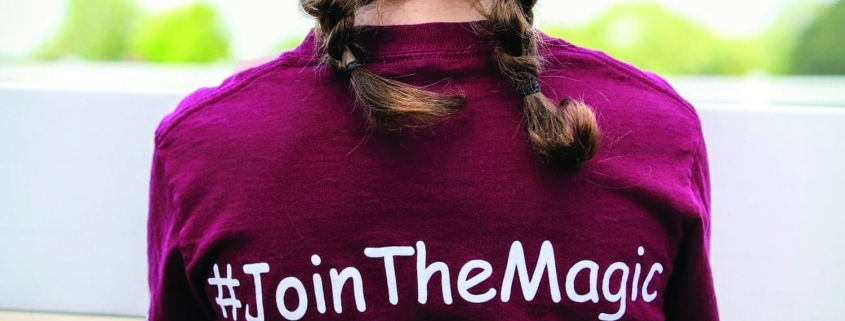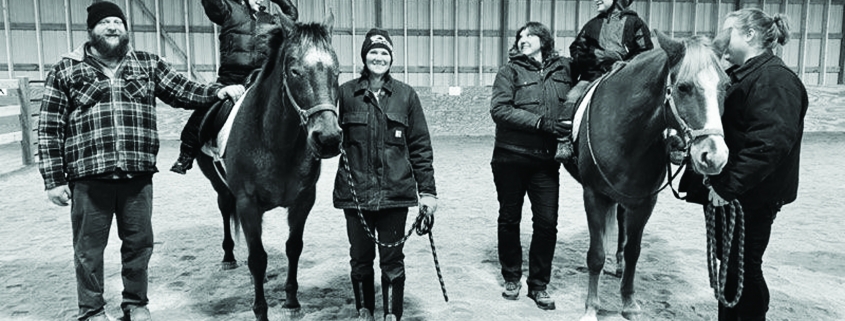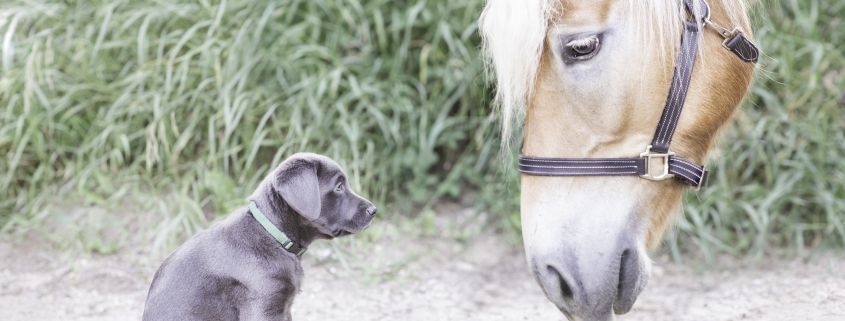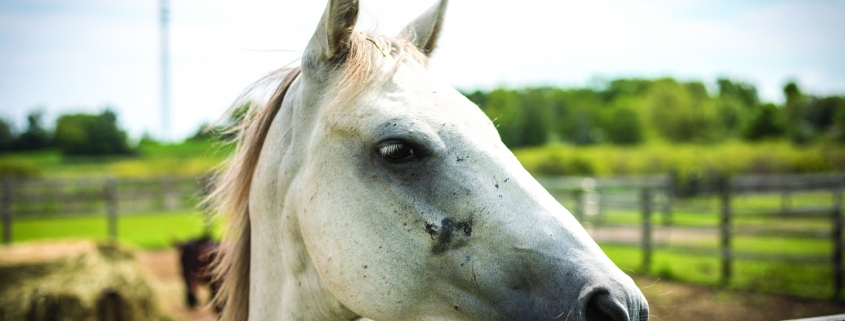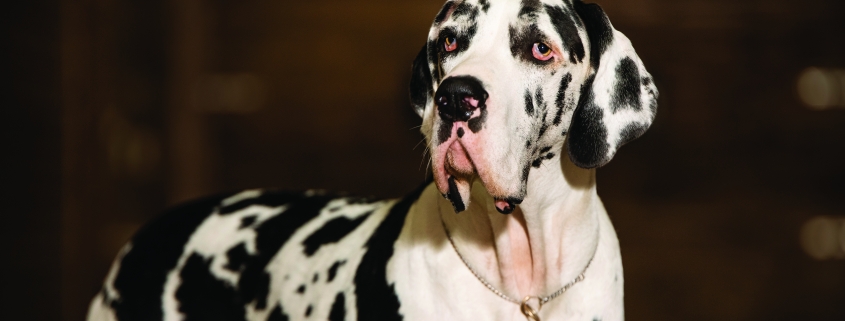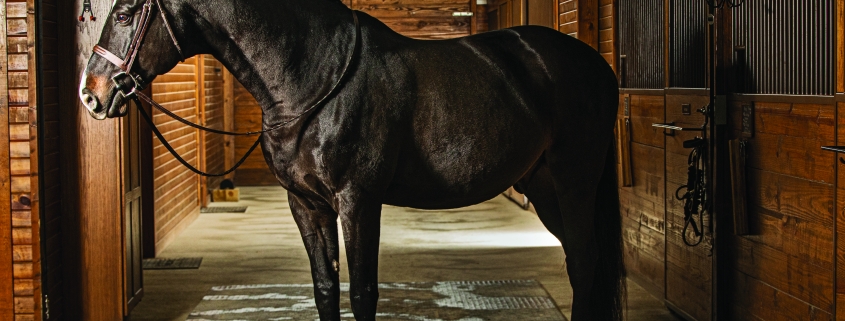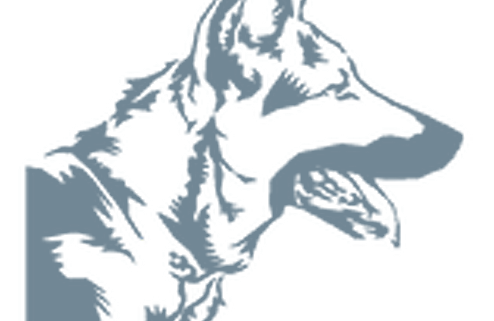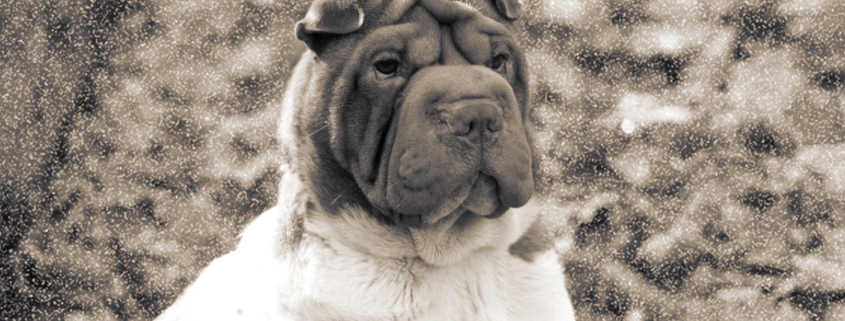BY CHERESE COBB, FREELANCER
If you ever feel that the world sometimes looks at you strangely, you’re probably a horsey person. The whole getting up at 5:00 a.m. to clip, braid and ship your horses halfway across the country to win a 37-cent ribbon is baffling to non-horsey people.
Horses are better than people, with one exception—dogs. If a non-horsey person enters your house, they’ll need to step carefully to avoid crushing any of the Jack Russells or Corgis that’ll most likely come barking towards them.
Nine out of ten horsey people have dogs. Sure, horses and dogs are different. Horses have been tamed while dogs have been domesticated. Dogs are predators and can make their own choices. Horses are prey animals. They have less of a say in what they want to do and closely follow their teammates’ instructions. But horses and dogs are also a lot alike. In a world where bad headlines reign, they’re the definition of what it means to be good. They’re big-hearted creatures who live in the moment and are sensitive, kind and the best listeners. But there’s more. A lot more…
1. Horses are great big wusses.
“Horses are huge and scary,” is something horsey-people hear a lot from normal people. It’s tempting to raise a scathing eyebrow. Try and resist. Non-horsey people don’t know that horses are incredibly sensitive beings. “They can feel a fly land on their fur,” says equestrian Brooke Brodersen from Milwaukee, Wis. “They don’t realize their raw power.” And as prey animals, horses aren’t necessarily brave. Kelly Meister-Yetter, event coordinator for The Healing Barn in Millbury, Ohio, says that one summer the track was more water than dirt. Before she could ride on it, her horse made her walk through every single puddle. “Apparently, they contained terrifying, horse-eating monsters that only he could see,” she says. “He was essentially throwing me under the bus. He was more than a little surprised when I survived the ordeal.”
2. Dogs are big babies.
Your friends and family might give you funny looks when you coo “Well done, good boy,” as your horse goes bananas past a wet barn mat or empty feed bag. But dogs can be big babies too. Nicole Schaefer, the founder of Yellow Dog Legal in Beaverton, Ore., has a dog named Cody. His biggest fear? BBQ. “He literally just stands in front of it and barks endlessly,” she says. Dr. Marcia Morgan from Bend, Ore., says that her 13-year-old yellow Labrador Retriever is terrified of water. Even after two years of swimming lessons, Baydon Poochini won’t go in above her knees.
3. Horses are terrified of plastic bags.
Normal people don’t give plastic bags a second thought. They’re useful for carrying all of our junk—although, they’re not great for the environment. A plastic bag is a triple threat to a horse. It’s an unknown object that moves and makes noise. When you see your horse sweating, puffing and distressed, you realize plastic bags are everything that’s wrong with our throwaway society. Non-horsey people, who allow them to carelessly drift into hedges, where they’ll get stuck and spook horses, really deserve to come back as one in their next lives.
4. Horses & dogs have iron stomachs.
Horses might be suckers for Subway sandwiches, Hamburger Helper and Doritos. They may have eaten their fair share of Slick ‘N Easy grooming blocks and cigarettes, but it’s dogs who really eat the darndest things. “Cody eats wood a lot. He made a hole in the molding under our main window and ate part of the deck. He also loves eating pillows,” Schaefer says. Meg Marrs, the founder of K9 of Mine, says that her dog Remy ate her PlayStation headset. Maybe he heard her yelling into it and decided to come to her defense? Jay Michaelson, the founder of HandsOn Gloves, admits his Great Pyrenees loves icy horse and cow poop. “Her favorite perfume is cow flop, and she loves it all around her neck. She also brought up a four-foot frozen rat snake one time,” he says.
5. Horses & dogs love to give hugs & kisses.
Dr. Carole Lieberman from Los Angeles, Calif. has an American Paint Horse named Gimli, which means “heaven,” according to Norse mythology. “He kisses me, but what’s even more special is what I call ‘Gimli hugs.’ I put my arms around his neck, squeeze and nuzzle him,” she says. “He then turns his head around to squeeze and nuzzle me, and we stay locked until either he gets distracted by something passing by or he decides he’s given me enough love for the day.” Horses aren’t the only ones saying, Kiss me. I’m furry. Vicki Liston is the YouTube host of “On The Fly…DIY.” Her 11-year-old dog Bailey is an untrained kisser. “If you’re on the floor doing push-ups, crunches or planks, he takes full advantage of your face’s proximity.”
6. Horses are geniuses.
There’s a reason you never see “My horse is smarter than your honor student” on bumpers. Dr. Evelyn Hanggi, the co-founder of the nonprofit Equine Research Foundation, told Horse Talk in 2012 that many non-horsey people believe horses have walnut-sized brains and aren’t able to think. “Domesticated horses have to live in largely unsuitable or artificial environments. They must suppress instincts while learning tasks that aren’t natural behaviors,” she says, “and must co-exist with humans who sometimes behave bizarrely—at least from an equine standpoint.”
Horses are the most perceptive of all domestic animals. They can see with virtually 360-degree vision and sense when their rider changes position on their backs (even a slight turn of the head). Horses are faster learners than cattle, pigs, sheep and dogs. They’ll entertain themselves with feed buckets and mirrors that are hung up in their turn-out area. “My horses play with grass all day and night,” Michaelson says. “One of my first horses loved playing with a construction cone in the water trough.” Need proof that horses are secretly geniuses? Ask horsey people where all their money is. They’ll reply, “Oh, yeah, I’m riding it.”
7. Dogs are pretty smart too.
When Alana Mustill from Manchester, England lost an expensive earring, she looked all over the house for it. “When I came out of the restroom, Bow (her sausage dog) was sitting outside the door with the earring in front of her,” she says. Hester Grainger, the cofounder of Hudia, says her dog named Roscoe helps her every day babysit her two children who have Asperger’s. “If they’re sad, he just sits with them quietly,” Grainger says. Dogs also can smell as little as a picogram (a trillionth of a gram) of any odor. What’s that like? “The average cinnamon roll has about a gram of cinnamon in it. Sure, the human nose is on it from the moment we open the door of the house,” says Alexandra Horowitz in “Being a Dog,” published in 2016. “Now imagine the smell of one trillion cinnamon rolls. That’s what the dog coming in with us smells.”
8. Dogs look like their humans.
Sadahiko Nakajima, a psychologist at Japan’s Kwansei Gakuin University, says people decide if dogs look like their owners by comparing their eyes. “I constantly get comments that I look like my dog and that she’s basically me in dog form,” says Alexa Lampasona from Boise, Idaho. When she rescued Ava last August, she felt an instant connection. From trail running to stand-up paddleboarding, she quickly picks up on any outdoor activity. “Like me, she’s high energy,” Lampasona says. “Our names have a similar ring too.”
9. Horses & dogs smell.
Stepping in dog poo or “landmines” is a no-no. “Usually that only happens when I’m already out in the yard picking it up, or I’m doing yard work and missed a pile,” Liston says. “When you’re barefoot and it squishes in between your toes, it’s disgusting.” This doesn’t apply to horsey people who’ve mucked their fair share of poo and ingested more than they want to know. It’s perfectly acceptable to eat a sandwich in the barn with your dirty hands and then refuse to touch city door handles. If you’ve bought a new truck with nice leather seats, it’s okay to toss sweaty and dirty tack on them too. Enjoy the aroma of manure? If you hang around horses for any length of time, it sticks to you. Horsey-people would bottle that smell if they could. When assistant trainer Jenny Caldwell was in college, she’d go into her tack trunk and smell her horse leather. “The love of horses is in your blood,” she says.

